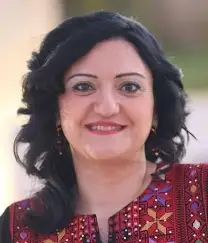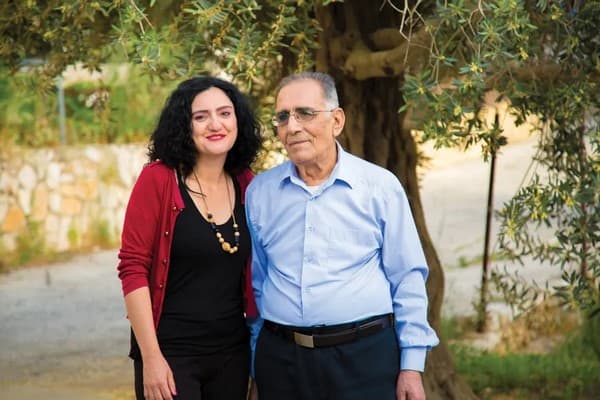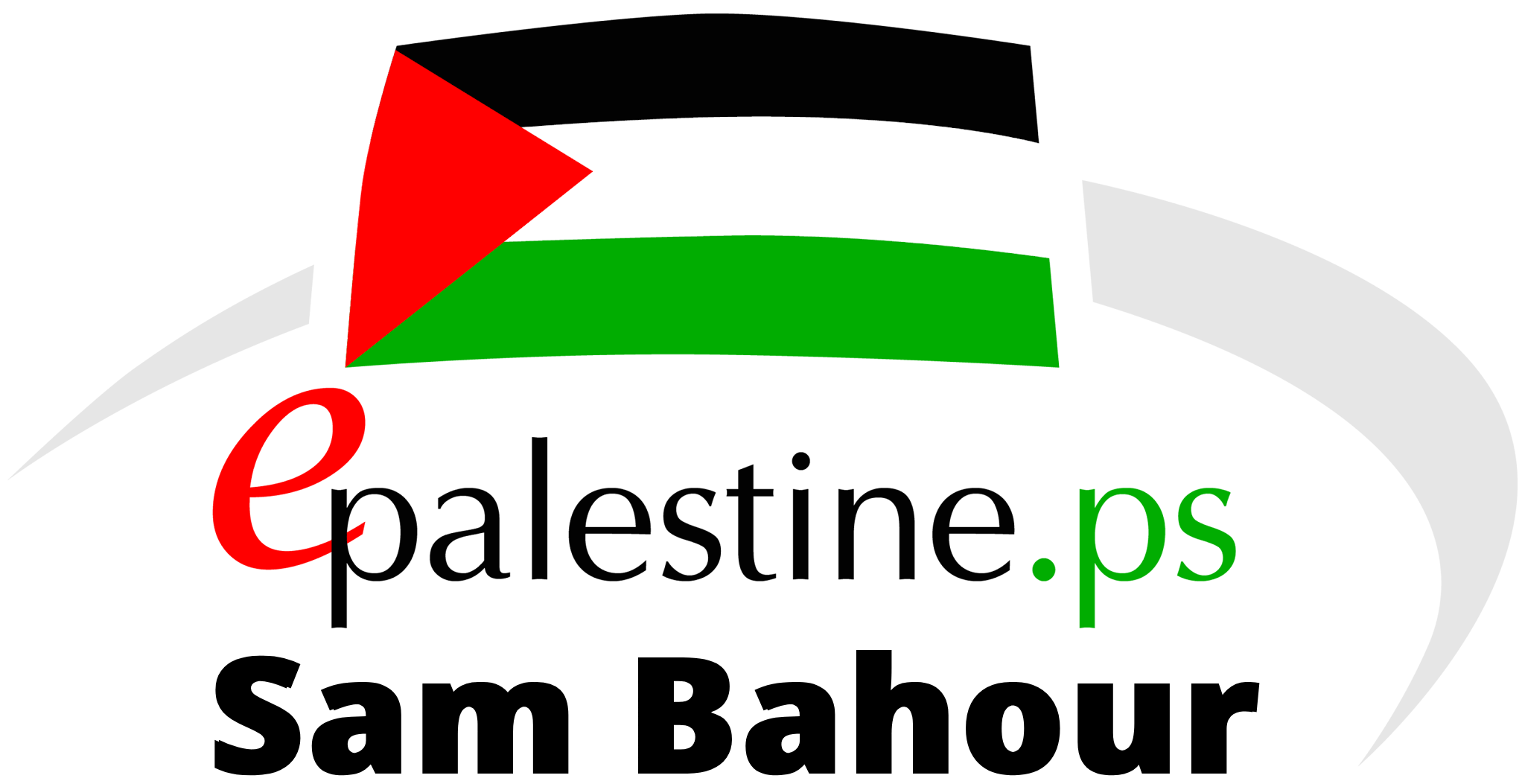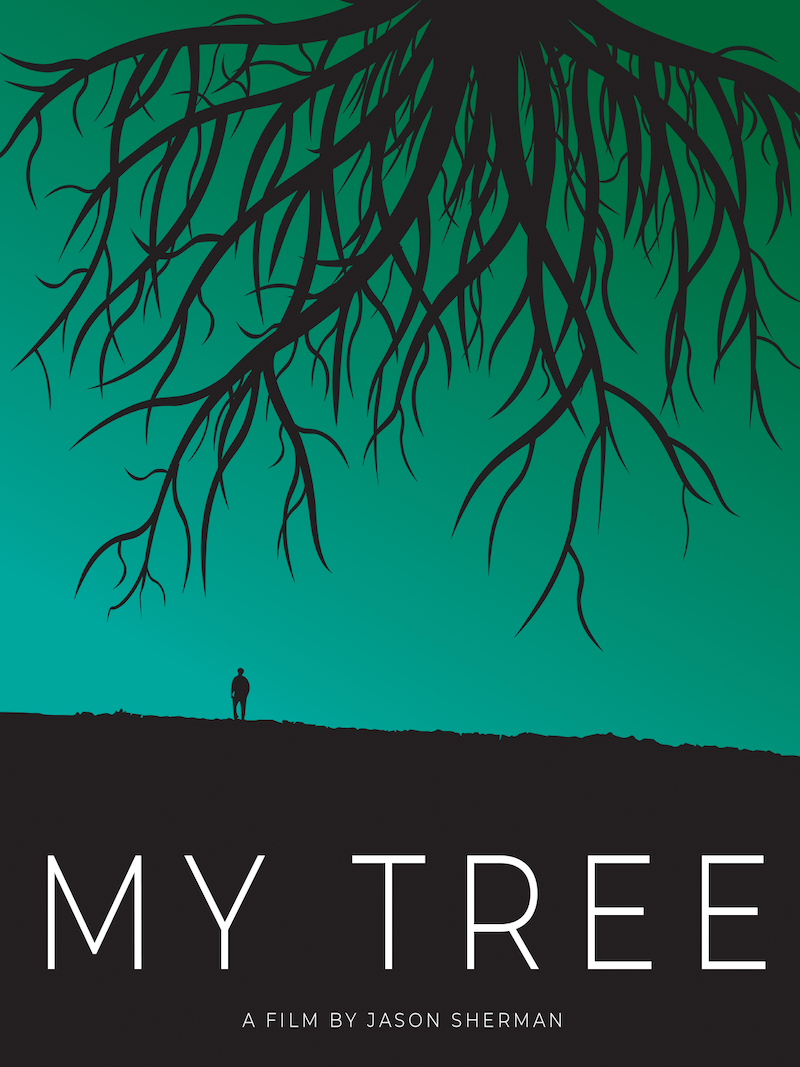
I am ecstatic to be able to share with you the first review of the forthcoming book, Stranger in My Own Land: Palestine, Israel and One Family’s Story of Home, by Fida Jiryis. It was published in Le Monde diplomatique (English edition) September 2022 Issue as part of their Palestine special report.
For over a decade, I witnessed the making of this landmark memoir from concept to publishing.
All I can say is R-E-S-P-E-C-T to the author and publisher. Order your copy today; this is not one to be missed!
When home is no longer home
By Sam Bahour, Le Monde diplomatique
Among the extensive literature on Palestine and Israel, Stranger in My Own Land: Palestine, Israel and One Family’s Story of Home by Fida Jiryis provides a rare, and rarely accessible, perspective. The author was born to Palestinian parents from Fassouta, a Christian village in Upper Galilee, on the Israeli side of the Lebanese border.

As a child, Jiryis lived through the horrors of the 1982 Lebanon war and then moved with her family to Cyprus. She is one of a handful of Palestinians who tried to exercise their right to return, only to find that home was no longer home. She ended up studying in Scotland, living in Canada, and ultimately returning to Palestine: to Ramallah in the occupied West Bank.
Her book guides us through her journey. First, though, she provides crucial context — including an account of her family’s trials and traumas in the aftermath of the creation of Israel by force in 1948 and their decision to stay on in Palestine rather than flee. Their story is the story of the Palestinian people.
Hers is a family memoir intertwined with Palestinian history and the struggle for emancipation, in Israel as well as in occupied Palestinian territory. The family’s story illuminates the human dimensions of the Palestinians’ ongoing plight: dispossession, military rule, resistance, emigration, struggle, loss, dispersion, and ultimately returning home.
Though everyone interested in the Middle East knows that 1948 was a pivotal year, they rarely encounter an authentic insider account of how Palestinians who stayed in Israel (behind the Green Line) dealt with their new Israeli citizenship. Few are aware of their many legitimate, nonviolent, attempts to challenge their inferior status under Israel’s political system. With little success, until resort to violence began to seem the only option not yet tried. Jiryis describes what she encountered when she entered the landscape of this complex reality: ‘Our identity was a warped mutation between Palestinian and Israeli; we were a minority struggling to survive, while trying to hold on to its own fabric.’

The author’s father, the renowned Sabri Jiryis, was at the forefront of this challenge. One of the first Palestinian political activists inside Israel, an active member of the Palestine Liberation Organisation and trusted confidant of Yasser Arafat, Sabri Jiryis is today an Israeli-licensed lawyer and researcher, still living in his home village of Fassouta, where I visited him. He is not the only compelling family figure. The author’s paternal uncle, also now back in Fassouta, was part of the armed resistance to Israel’s creation; his story takes the reader into the turbulent dynamics of the Palestinian struggle.
The situation of the Palestinian citizens of Israel is too often overlooked. Nearly 20% of the state’s population, they are a thriving community with the same needs as any other. Yet Israel’s sociopolitical and legal structures impose a discriminatory system that hinders Palestinian citizens, individually and collectively, from full participation and equal access to advancement in Israeli society. Fida Jiryis writes of her experience working next to Jewish Israeli immigrants in the high-tech sector; she felt ‘they had taken not just the country, but everything else, too.’
The author’s unique, multi-layered vantage point is a product of her having lived in different fragments of what makes up Palestinian existence — as an exile in the Palestinian diaspora, as a Palestinian citizen inside Israel, and also in Occupied Palestine. This equips her as a writer to take her readers into territory that is most likely new to them in some way. The book offers more than just a personal glimpse into each of these very distinct realities. It viscerally evokes the flavour of each part of that existence.
Some moments in these pages will prove indelible. Such as Jiryis’s search for an apartment in Israel with her then husband: ‘They told us openly that they did not rent to Arabs. There was no apology and it was said unabashedly, like a simple fact.’ On one building near the beach in Nahariya, she recalls, ‘we were stunned to see a hand-written notice: “No dogs, no Arabs”. We stood there, staring at it. It was not new. The ink had faded, and the cardboard was worn at the edges. It had been hanging there for some time, I thought.’
In addition to her succinct view of the legacy of Israeli racism and its reality as evident today, Jiryis is a riveting storyteller. Every chapter gives the backstory for some historical moment, but not as a far-removed, superficial, third-hand account. Jiryis introduces you to the people who lived the story themselves. That quality of vivid encounter distinguishes this account from so many other volumes in the literature about Palestine and Palestinians.
This book is not for the timid. When you pick it up, be prepared to have a hard time setting it down. The introduction, with its concise overview of 100 years of history, provides invaluable context for understanding the rest of the book. It is reader-friendly — with a helpful map of Palestine/Israel and the surrounding region, a family tree, and a glossary of common terms, and extensive and well-documented end notes to guide anyone ready for a deeper dive into any of the relevant historical narratives.
There are many firsts. You will meet the first in the family to attend university, the first Arab in Israel to enrol at the Hebrew University Law School, the first figure to mount a public challenge to the democratic character of the newly-born State of Israel, and one of the first Palestinians to actualise their right to return home.
More than a memoir or a history, this is a handbook on the human tragedy that overcame the Palestinian people when Israel was created. And a guide to the Palestinian response, and how and why it evolved as it did. It is required reading for many audiences. First, for Palestinians, especially but not only those living in the diaspora. Too often, the history, from Israel’s creation in 1948 until its military occupation of the remaining part of Palestine in 1967, is skimmed over, at best, or overlooked entirely.
Jewish communities in Israel and around the world are another crucial audience for this book. Most will find it a difficult read, especially those trapped within a deep communal belief that Israel was and remains ‘a light unto the nations’. Their understanding of themselves will be challenged, as will all-too-comfortable stereotypes about Palestinians. Every US elected official, plus the Christian evangelical constituency, needs to read this book, too. They have a duty to understand the dimension of the human tragedy that continuing no-strings support for Israel enables.
In closing, Jiryis notes a simple truth: ‘On whatever side of the Separation Wall we lived, we paid the price, every day, for not being Jewish.’ All of us have a duty to help bring down this wall and, with it, to reject the notion that someone’s identity is a justification for dehumanising them.
Where to read this article
English: Medium • Mondoweiss •
Arabic: Al-Quds Newspaper, Wattan News, and Alhadath
Italian: L’Associazione Cultura è Libertà
Book details
| Title | Stranger in My Own Land: Palestine, Israel and One Family’s Story of Home |
| Author | Fida Jiryis |
| Publisher | Hurst & Co. |
| Publish Date | November 01, 2024 |
| Pages | 448 |
| Language | English |
| EAN/UPC | 9781911723882 |
| Dimensions | 8.5 X 5.6 X 1.3 inches | 1.2 pounds |
Where to purchase the book
Palestine/Israel: The Educational Bookshop with promo code: FIDA2022 at checkout for an added 10% discount. This discount applies to all other books bought in the same basket, as well.
North & South America: The distributor is Oxford University Press. You can pre-order from the OUP website and use the promo code: ADISTA5 for a 40% discount. The book should release the first week of December.
UK & Rest of World: Hurst website with the promo code: STRANGER25 for a 25% discount.
By Topic
Explore the site in BY TOPIC, A-Z.


!["Wrapped in the Flag of Israel: Mizrahi Single Mothers and Bureaucratic Torture" by Smadar Lavie [Recommended]](https://epalestine.ps/sambahour/wp-content/uploads/2025/03/Wrapped-in-the-Flag-of-Israel-Mizrahi-Single-Mothers-and-Bureaucratic-Torture.jpg)